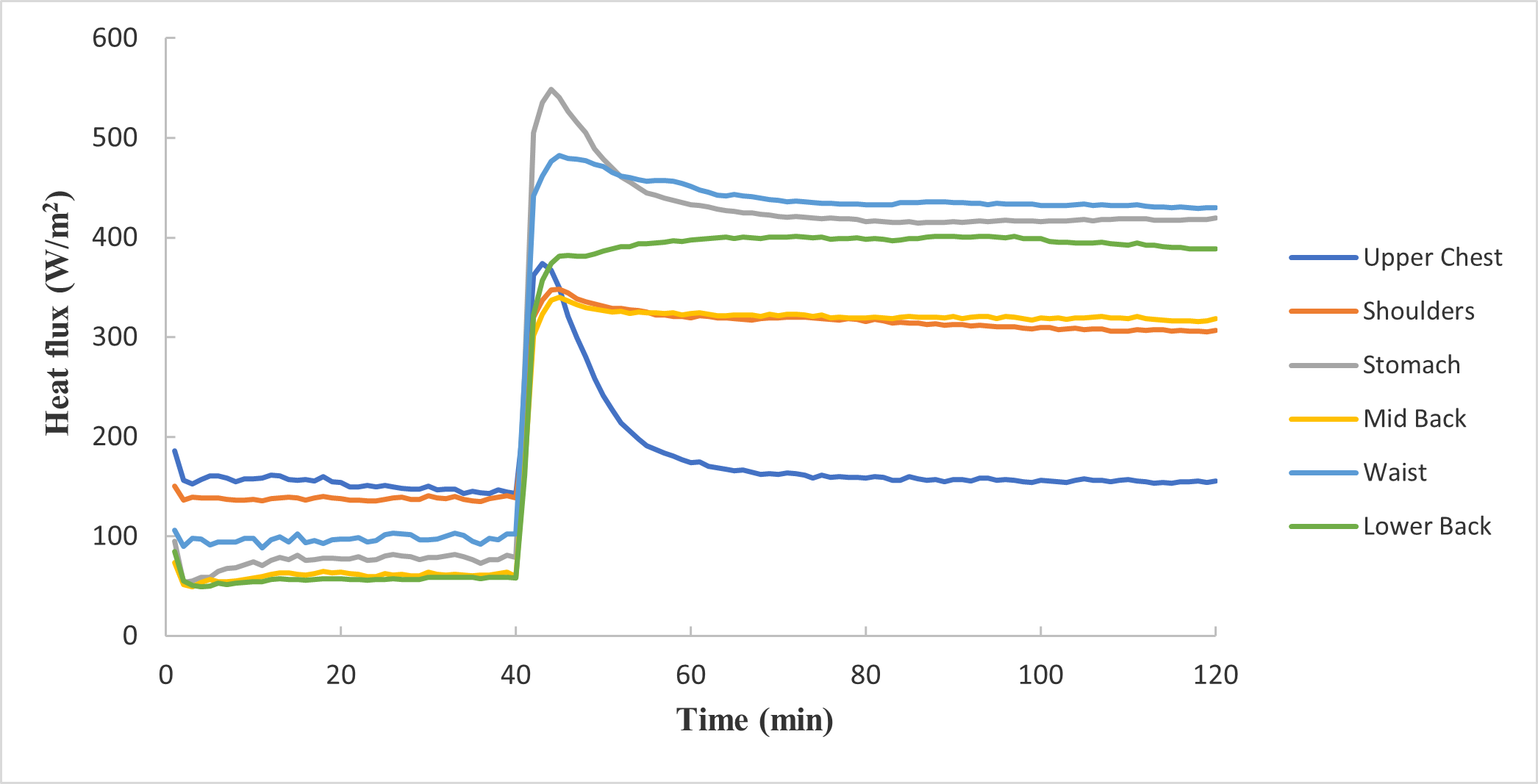Development of a new testing protocol to evaluate cooling systems
DOI:
https://doi.org/10.17179/excli2023-6105Keywords:
personal cooling systems, sweating manikin, thermal comfort, thermoregulation, heat stress, simulationAbstract
Thermal comfort is defined as the user's sensation of thermal well-being. This sensation can be modified by extreme environmental conditions changing the body temperature of the user. Different mechanisms, the thermoregulatory system itself or an external textile system, are required to allow the body to return to their state of well-being. A cooling vest is an example of a smart garment that helps to reduce the user’s body temperature in situations of heat stress. There are two different standards to evaluate the performance of this type of clothing: the ASTM F2371-16 standard that uses a thermal manikin and the ASTM F2300-10 standard that uses human subjects for the evaluation. There is a need for simple, objective and affordable tests to evaluate the thermal comfort associated with personal protective equipment use. The aim of this work is to develop a new testing method that combines a thermal manikin with a simulation software and allows to study physiological parameters of a human subject in the body of the thermal manikin.

Downloads
Published
How to Cite
License
Copyright (c) 2023 Miriam Martinez-Albert, Pablo Díaz-García, Eva Bou-Belda

This work is licensed under a Creative Commons Attribution 4.0 International License.
Authors who publish in this journal agree to the following terms:
- The authors keep the copyright and grant the journal the right of first publication under the terms of the Creative Commons Attribution license, CC BY 4.0. This licencse permits unrestricted use, distribution and reproduction in any medium, provided that the original work is properly cited.
- The use of general descriptive names, trade names, trademarks, and so forth in this publication, even if not specifically identified, does not imply that these names are not protected by the relevant laws and regulations.
- Because the advice and information in this journal are believed to be true and accurate at the time of publication, neither the authors, the editors, nor the publisher accept any legal responsibility for any errors or omissions presented in the publication. The publisher makes no guarantee, express or implied, with respect to the material contained herein.
- The authors can enter into additional contracts for the non-exclusive distribution of the journal's published version by citing the initial publication in this journal (e.g. publishing in an institutional repository or in a book).





